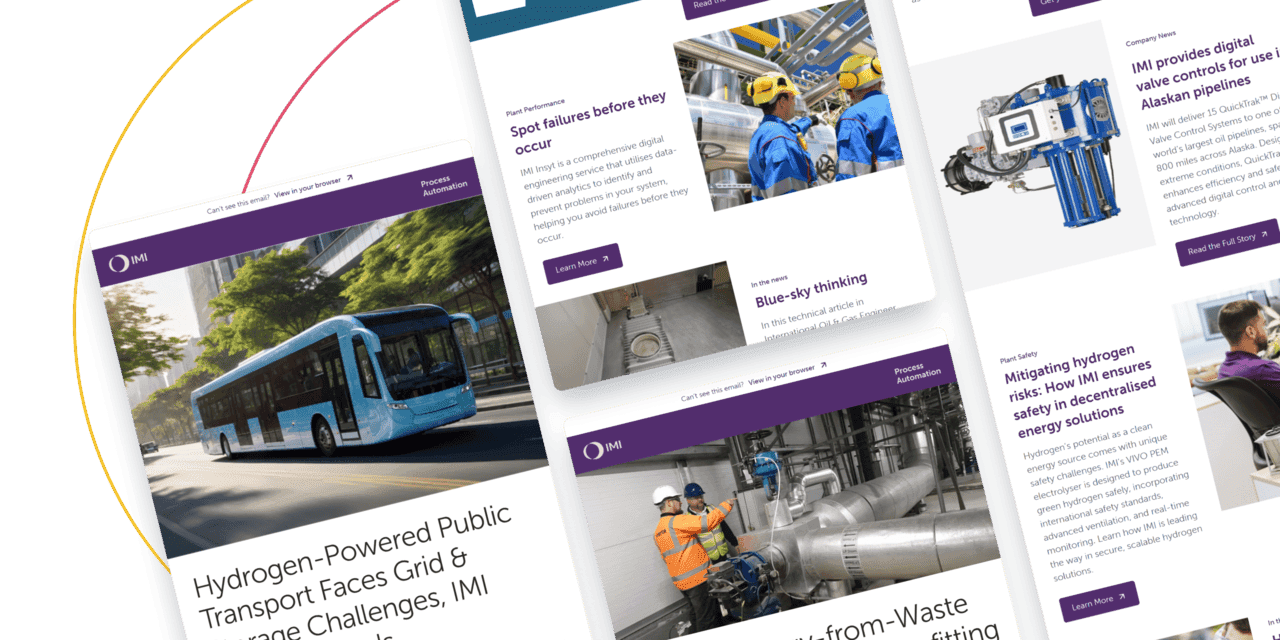
BLOG
It’s time to rethink defence maintenance strategies to maximise fleet availability

Written By Chris Richards
April 23, 2025
Given the uncertainties currently underpinning international relations, it is hardly surprising that defence spending worldwide is rising.
This is especially troubling for governments because the need to increase defence spending coincides with a delicately balanced global economy. Inflation and interest rates are still high, while international lines of communication face multiple challenges. At the same time, welfare spending has been cut in several major economies, generating further ongoing uncertainty.
Many governments reluctantly accept that bigger defence budgets are necessary in the current climate, but the money needs to be spent effectively to make other sacrifices worthwhile. Here is where the issue of fleet availability has taken on even greater significance.
More investment, more attention
In our first article, published in January, we outlined the extent of the fleet availability challenge, which you can read here. Those working in defence know maintenance backlogs are a persistent problem that continue to delay the deployment of submarines worldwide. For some forces, like the UK’s Royal Navy, the situation has also improved somewhat since late 2024, when many boats were docked for repairs [1].
However, cross-border and cross-sector efficiency needs attention. With increased defence budgets, there is now some headroom for senior naval commanders to rethink current approaches to maintenance. But this extra time and investment also come with increased scrutiny. Any intervention needs to deliver a better workflow with minimised waste. This maximises the impact of public money but also guarantees a consistent level of deployment for what is considered, for many nations, the most important security guarantee [2].
One of the best ways to improve workflows is to partner with an OEM with international reach and local knowledge. At IMI, we have significantly expanded our Australian presence since the announcement of the trilateral (Australia, United Kingdom, United States) AUKUS programme. We are currently responsible for delivering spare valve parts to several of these nations’ submarines – a process that could theoretically be completed via international freight. However, recognising the value of speed and face-to-face briefings, we have continued to invest in the region, allowing our team to expedite the programme’s delivery.
Our investment will continue once the first phase of the AUKUS programme is complete. We plan to open a dedicated IMI manufacturing facility for submarine valves to support new construction and maintenance programmes, giving us the capability to provide through-life support. This level of outlay and flexibility is generally only available to companies of IMI’s size and reach, unlike local OEMs, which are more limited in scope and speed of response. In short, international security challenges require an international response, which extends to all areas of the defence supply chain.
Borrowing from the power industry
As its operations continue to scale up, knowledge and learnings from adjacent markets also offer a route forward for the Marine Defence sector.
Power generation, for instance, has dealt with its own maintenance challenges, especially in combined cycle plants, due to the need to shut down and start up more frequently as renewables are added to the grid. This situation creates added thermal stresses on valves, leading to erosion, wear, and, in the worst cases, cracking.
Our outage management programme, developed in response to this challenge, has been particularly effective, with aspects that are easily replicable within the defence world. This work has involved controlling a naval station’s spare parts inventory, recommending minimum/maximum stock levels, and the IMI team assisting with regular visual inspections to catch problems before they can take a site offline.
A programme of this kind would be particularly effective for submarines, especially in cases where the OEM is not engaged to undertake valve maintenance. It would allow the prime focus - and the navy itself - to concentrate on core activities and/or more complex operational challenges, deferring this type of simple maintenance work to those who know the technology best.

Submarine lines up carrier out at sea.
This transferable knowledge is another reason a company with international reach and scale is important in the current climate. It simplifies the maintenance burden and gives navies access to engineers, which would otherwise not be possible when working with a smaller OEM. In this sense, IMI’s Valve Doctor™ programme is particularly advantageous, giving navies and contractors access to unparalleled expertise in the world of flow control.
Collaborative design in the truest sense
We continue to respond to the most critical operational challenges within submarines, not simply in terms of maintenance but also mission-critical issues, such as component lifespan, stealth and acoustic manipulation. In some instances, as with our Acoustic Control Vantage™ (ACV) technology, we have delivered on both of these fronts in a single package.
We originally harnessed the power of our patented DRAG® design and developed it into the ACV solution to reduce noise generated by valves when operating while vessels are at sea. Tests have proven its ability to deliver a noise reduction of 20dB, even when in use. This alone is significant enough; however, DRAG® was originally designed to extend a valve’s lifecycle by controlling flow velocity more effectively, eliminating erosion, flashing, and cavitation.
This engineering capability is key to effective fleet management in the twenty-first century, particularly as operations scale in response to new and diversifying maritime threats. In this sense, we are uniquely placed to maximise the availability of our most important security assets.
Keep in touch
Stay up to date on all the latest news and articles from IMI.

Keep in touch
Stay up to date on all the latest news and articles from IMI.


Keep in touch
Stay up to date on all the latest news and articles from IMI.
Engineering the future together
Looking for the perfect flow control solution? Our experts specialise in providing tailored solutions to meet your unique needs. Let us help you achieve optimal performance, efficiency and safety.